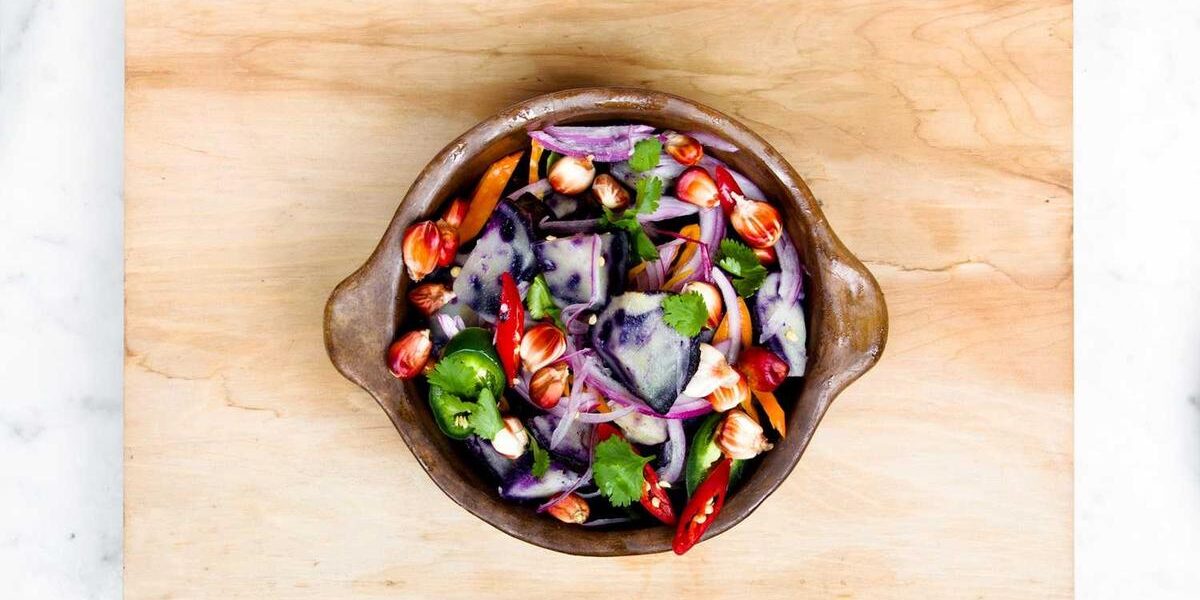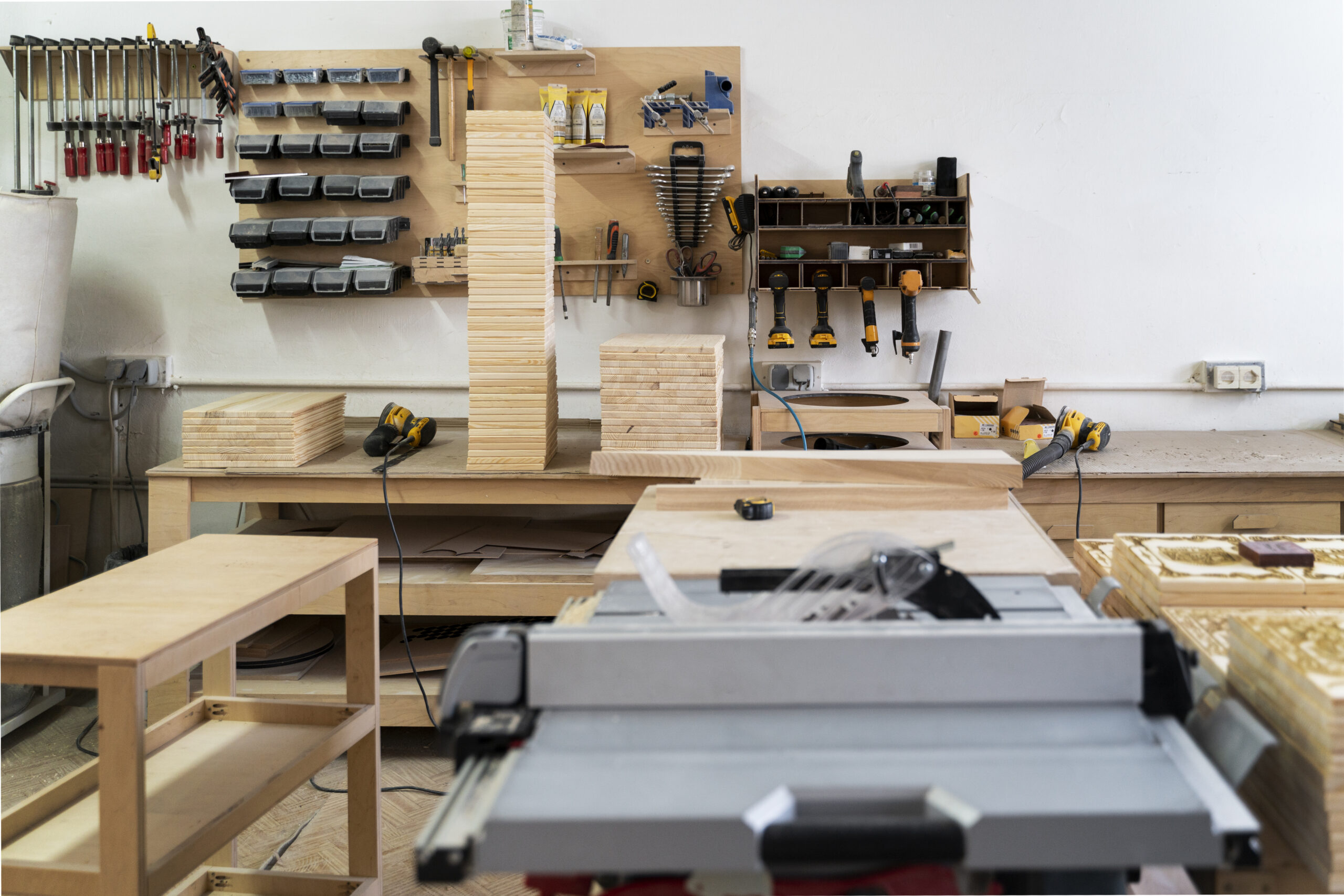The Basics of Hardwax Finish for Wood Flooring
Hardwax finish is gaining popularity among homeowners and professionals for wood flooring. This finish provides a durable and aesthetically pleasing surface. It enhances the natural beauty of wood and offers protection against wear. As an alternative to traditional polyurethane finishes, it appeals to those seeking a more environmentally friendly option.
Composition and Characteristics
Hardwax finish typically comprises natural oils and waxes. Ingredients like linseed oil, carnauba wax, and beeswax are common. These ingredients penetrate the wood and form a protective layer on the surface. This dual-action protects the wood from within and from external damage. The finish is breathable, allowing moisture to escape and reducing the risk of warping.
The finish provides a matte to satin sheen, unlike the glossy look of polyurethane. This look compliments the natural grain and texture of wood. With regular maintenance, hardwax finishes can last years. Occasional reapplication helps maintain their protective qualities.
Advantages of Hardwax Finish
Hardwax finish enhances the aesthetic appeal of wood flooring. It offers a natural look, emphasizing the wood’s inherent beauty. This makes it an excellent choice for those wishing to retain a wood’s original appearance.
It is eco-friendly due to its natural ingredients. Many products contain low volatile organic compounds (VOCs). This makes it suitable for indoor environments, improving air quality. Moreover, it reduces the environmental impact compared to synthetic finishes.
The repairability of hardwax finish is notable. Unlike other finishes, damage does not require complete sanding and refinishing. Spot repair is possible by applying more finish to the affected area. This makes maintenance more accessible and less invasive.
Application Process
Preparing the surface is crucial before applying hardwax. It requires sanding to ensure a smooth surface. The wood should be clean and free of dust. Any residues can affect the finish’s adhesion.
The application can be done with a brush, roller, or cloth. Applying in thin layers ensures even coverage. The finish should be allowed to dry before additional coats. This drying period allows the finish to penetrate and cure properly.
Two to three coats are usually sufficient for protection. Each layer needs ample drying time, often 4-24 hours. Manufacturers provide specific directions, and it is wise to follow them for optimal results.
Maintenance Tips
Regular maintenance helps extend the life of a hardwax finish. Dusting and vacuuming are fundamental practices. These prevent dirt from embedding into the finish.
For cleaning, use products recommended for use with hardwax. Avoid water and harsh chemicals, which can damage the finish. Damp mopping with suitable cleaners keeps the floor clean without harm.
Reapplying a maintenance coat every few years is advisable. This maintains the floor’s appearance and protective properties. It also helps repair minor scratches and wear.
Considerations and Limitations
Choosing a hardwax finish requires considering the type of wood. It may emphasize imperfections, making wood selection important. Softer woods may need additional sealing for durability.
Hardwax finishes take longer to cure than synthetic options. This requires planning to avoid early wear. Consider the climate and environment, as humidity affects curing time.
Personal preference on the appearance also matters. Those preferring a high-gloss finish may not find hardwax ideal.
Popular Brands and Products
- Osmo Polyx-Oil: Renowned for being user-friendly with excellent durability. Known for its clear and colored finishes.
- WOCA Denmark Oil: Offers a range of hardwax oils with varying finishes. Originates from a company with a strong eco-friendly reputation.
- Bona Hardwax Oil: Provides a fast-drying formula with strong protective qualities. Popular in residential and commercial settings.
Hardwax Finish in Comparison
Comparing hardwax to other finishes highlights its distinctiveness. Polyurethane offers a hard, protective layer but lacks the flexibility and repairability of hardwax. While polyurethane provides a shield, hardwax integrates into the wood.
Traditional oils penetrate but may not offer the same surface protection. This is often less durable than hardwax. Hardwax combines oil penetration with surface protection.
Lacquers provide a glossy finish, often unsuitable for those looking for a natural look. Hardwax offers a middle ground between function and aesthetics.
Conclusion
Understanding the aspects of hardwax finish empowers informed decisions. Consider the benefits and maintenance requirements. Opt for quality products for the best experience. Hardwax meets diverse needs by offering a balance of protection, aesthetics, and environmental consciousness.
Recommended Woodworking Tools
HURRICANE 4-Piece Wood Chisel Set – $13.99
CR-V steel beveled edge blades for precision carving.
GREBSTK 4-Piece Wood Chisel Set – $13.98
Sharp bevel edge bench chisels for woodworking.
As an Amazon Associate, we earn from qualifying purchases.

